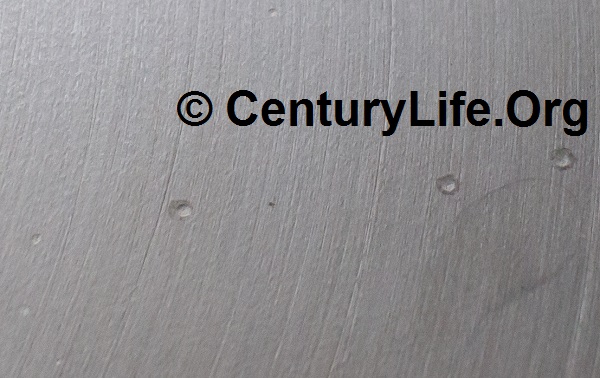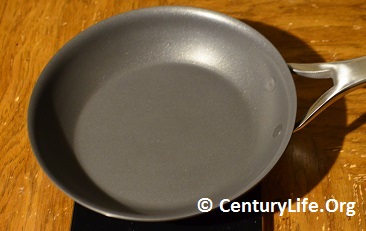WHY DO WE WANT EVEN HEATING AND WHAT CAN WE DO ABOUT IT?
The job of the stovetop cookware is to smooth out the uneven heat coming from the burner underneath so that the cooking surface of the cookware is the same temperature. If you have too much of an imbalance in temperatures, you wind up with hot spots that can undermine your dish and your health by leaving some food overcooked (or even charred and carcinogenic) and some food undercooked. For instance, if you put a poor thermal conductor on a burner, the heat from the burner will keep accumulating near the areas where the flames touch the cookware because the cookware can’t spread the heat across the entire pan’s base fast enough.
HEAT TRANSFER
There are three ways to move heat from one place to another: convection, radiation, and conduction. [Read more…]

